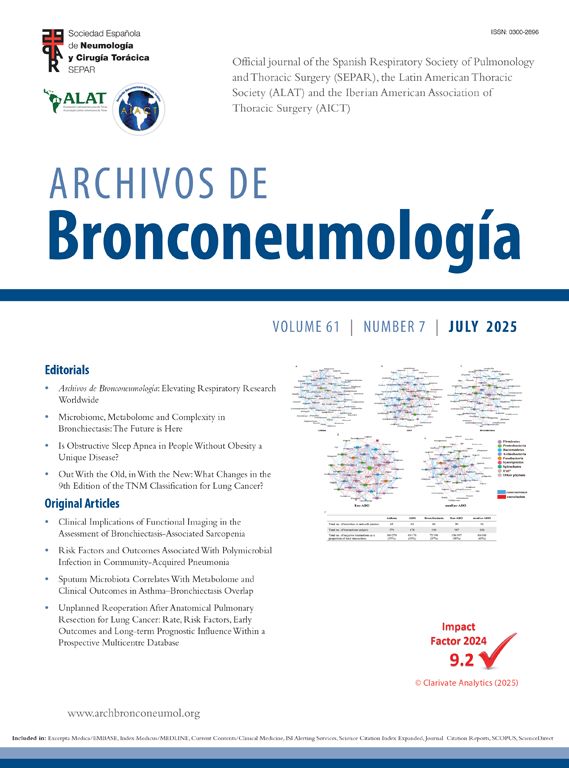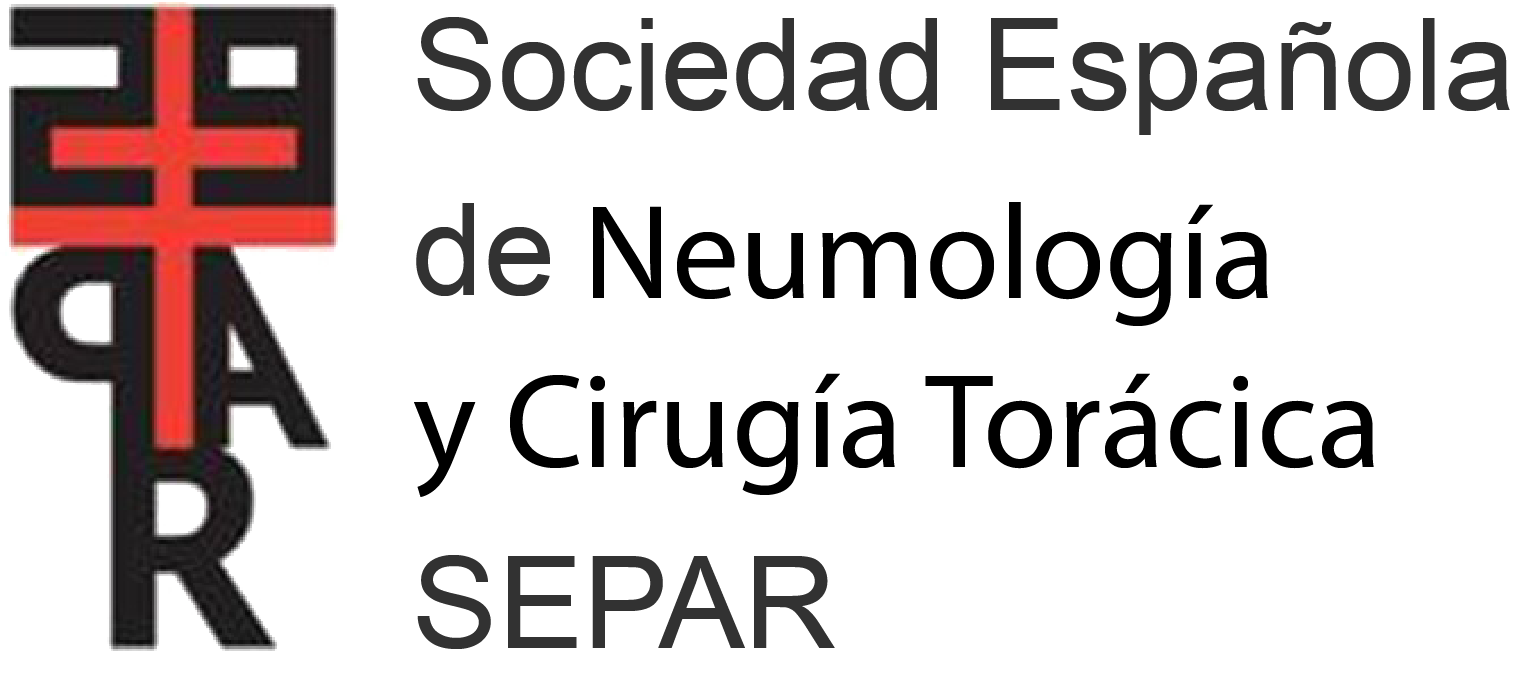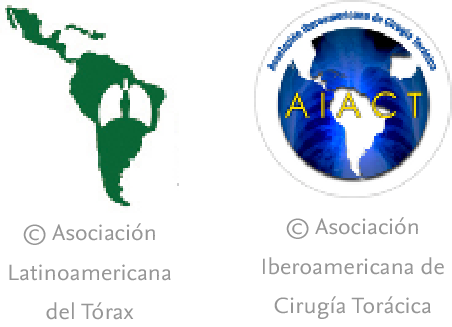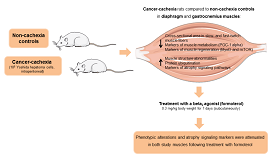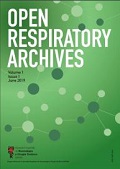A 67-year-old woman was being studied for thyroid carcinoma. A mediastonic nodular image was detected in the aortopulmonary window on a chest CT (Fig. 1A and B). PET-CT (Fig. 1C) and EBUS-TBNA needle puncture echobronchoscopy were performed with a 22 G needle, which were not diagnostic. A second echobronchoscopy with cryobiopsies was performed using the Ariza-Pallarés2 technique (Fig. 1F), obtaining the anatomopathological diagnosis of paraganglioma (Fig. 1D). The study was completed with thoracic MRI and SPECT-CT with somatostatin (Fig. 1E). Paragangliomas are neuroendocrine tumors derived from the chromaffin cells of the extra-adrenal sympathetic system. These tumors may have neuroendocrine activity or be non-functional.1 From a clinical point of view, they may be asymptomatic, diagnosed incidentally, produce symptoms related to the production of catecholamines, or may give rise to symptoms due to compression of adjacent structures. Mediastinal parangioglomas are exceptionally rare, representing approximately 1–2% of paragangliomas and less than 0.3% of mediastinal masses.3,4 The diagnosis is usually established in many cases during the surgical procedure. In our case, the diagnosis could be established prior to surgery by cryobiopsy with echobronchoscopy, being the first case documented in the literature of diagnosis using this method.
Nodular lesion measuring 3.1cm×3.3cm in the aortopulmonary window. Chest CT axial and coronal sections (B and A), PET-CT with high uptake of the lesion (C), SPECT-CT with somatostatin uptake (E). Echobroncoschoscopy image with cryoprobe inside the lesion (F). Sample cryobiopsy 40× magnifications hematoxylin–eosin (D).
None.
FundingThe authors received no financial support for the research and/or authorship of this article.
Conflicts of InterestThe authors declare not to have any conflicts of interest that may be considered to influence directly or indirectly the content of the manuscript.

